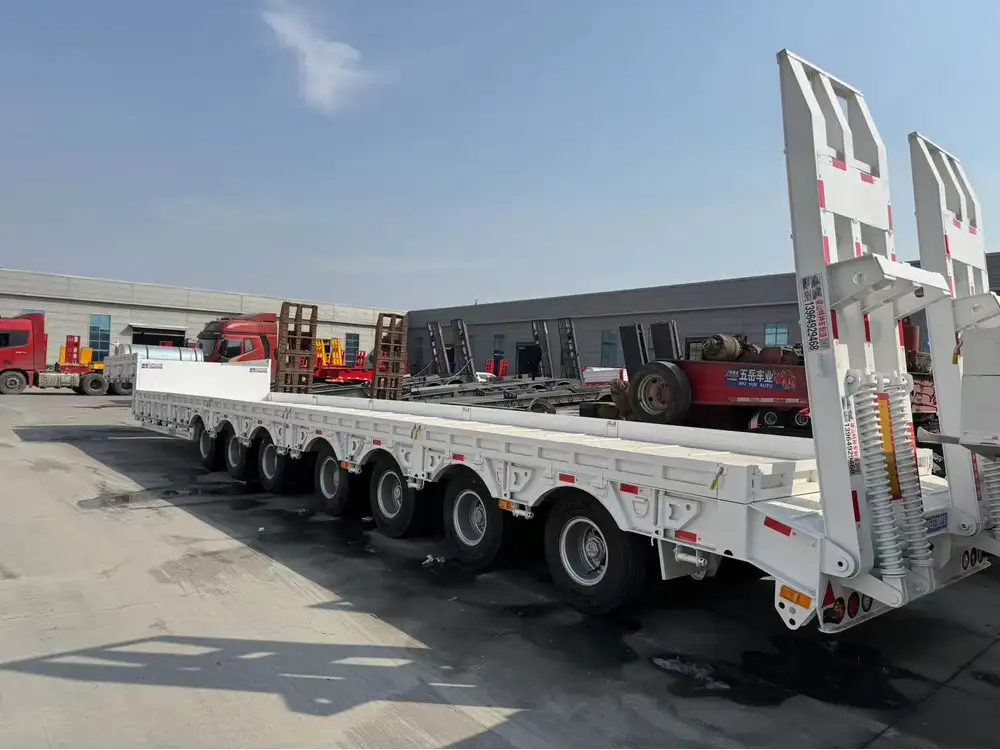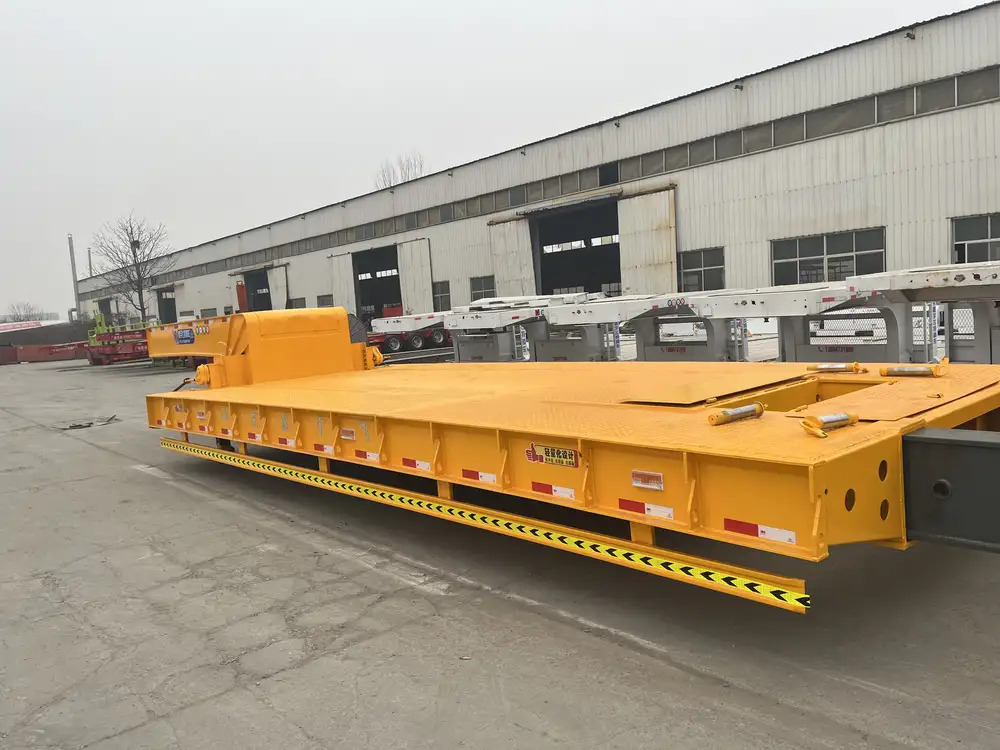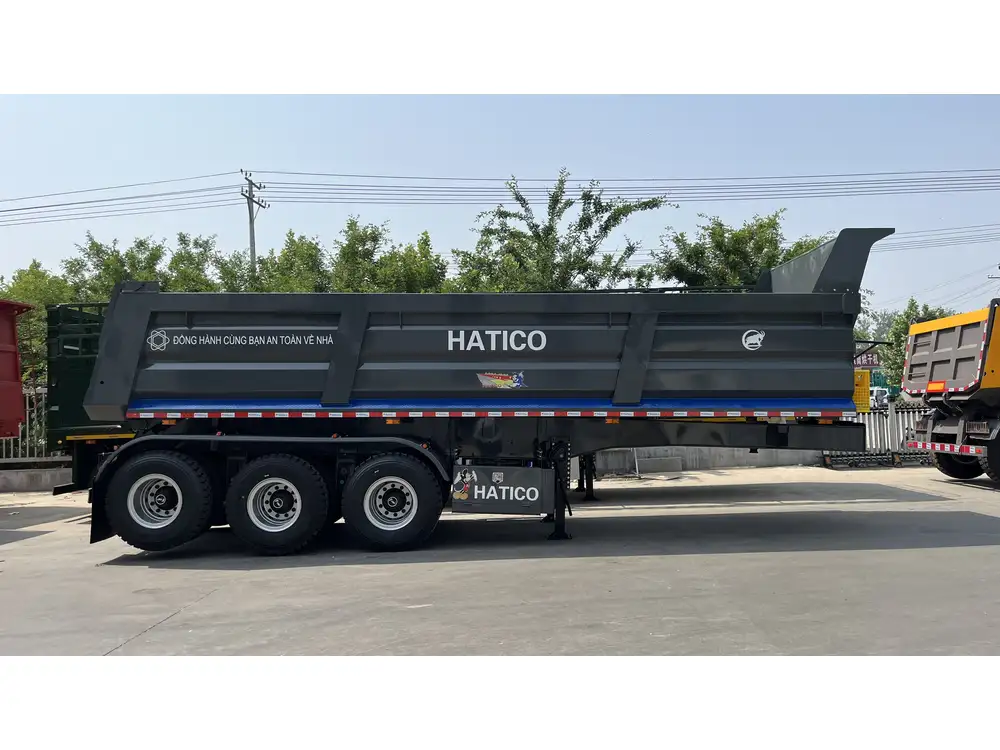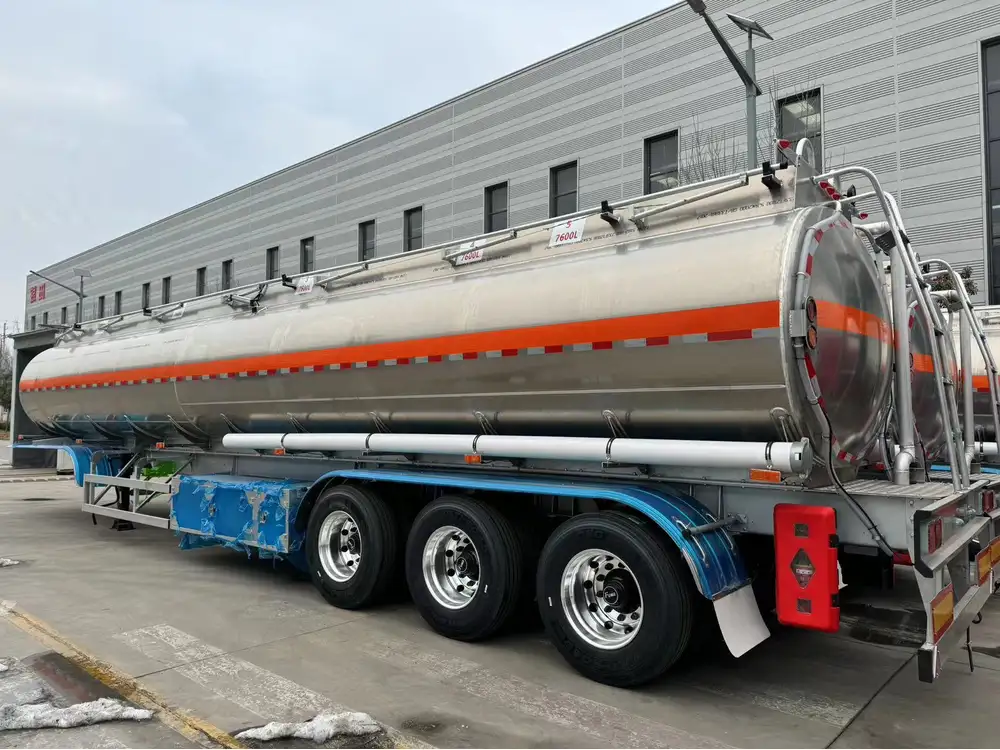Attaching a large RV propane tank to a trailer can seem like a daunting task, especially for those new to RVing or trailer modifications. The safety, efficiency, and proper adherence to regulations are paramount in this task. In this comprehensive guide, we will walk you through the steps necessary for securely attaching a large RV propane tank, ensuring a stable and safe experience on the road.
Understanding the Types of Propane Tanks
Before diving into the attachment process, understanding the types of propane tanks commonly used is essential. There are two primary types of propane tanks available for RVs: vertical (cylinder) tanks and horizontal (tank) models. Each type has unique characteristics, including installation requirements:
| Type of Tank | Description | Common Uses |
|---|---|---|
| Vertical | Cylindrical shape, upright position. | Small RVs, portable grills |
| Horizontal | Long, flat design, mounted horizontally. | Larger RVs, travel trailers |
Factors to Consider When Choosing a Propane Tank
- Capacity Needs: Depending on whether you’re on a short trip or a long journey, you will need to assess how much propane you might need.
- Weight: Ensure your trailer can support the weight of the tank along with your other cargo.
- Compatibility: Your support equipment (hoses, regulators) must match the tank type.

Tools and Materials Required
To securely attach a large RV propane tank to your trailer, gather the following tools and materials:
Tools
- Wrench Set: Required for tightening fittings.
- Propane Tank Adapter: To connect the propane tank to the trailer’s supply line.
- Drill and bits: For making any necessary holes in the trailer.
- Utility Knife: For cutting hoses if needed.
Materials
- Propane Tank: Ensure it is certified for transportation.
- Mounting Bracket: It securely holds the tank in place.
- Hoses: Ensure they are suited for connecting the tank to your RV system.
- Regulator: Converts the high-pressure propane to a usable level.

Step-by-Step Guide to Attaching a Large RV Propane Tank
Step 1: Safety First
Before beginning the installation, ensure you take necessary precautions:
- Work in a well-ventilated area.
- Have a fire extinguisher accessible.
- Wear protective gloves and eyewear.
Step 2: Choosing the Location
Select a suitable location on your trailer for the propane tank. Ideal mounting points are often found on the front or rear, depending on the trailer design. Pay close attention to the following:
- Accessibility: Ensure that the tank is easy to access for refilling and inspection.
- Distance: Maintain a safe distance from other vehicle compartments and potential hazards.

Step 3: Installing the Mounting Bracket
- Mark the Drill Points: Position the mounting bracket where you’ve chosen to place the propane tank. Utilize a level to ensure it sits straight.
- Drill Pilot Holes: Gently drill pilot holes into the trailer frame, being cautious not to breach the interior.
- Secure the Bracket: Use bolts and nuts to firmly attach the bracket to the trailer. Be careful to choose a bracket rated for the weight and size of your propane tank.
Step 4: Attaching the Propane Tank
- Position the Tank: Carefully lift the propane tank and place it onto the mounted bracket.
- Secure the Tank: Get the screw clamps or straps provided with the bracket and secure the tank firmly.
- Double-Check Stability: Gently shake the tank to ensure it does not wobble or move.
Step 5: Connecting the Propane Lines
- Install the Regulator: Attach the regulator to the propane tank’s outlet valve using a wrench. Ensure it is snug but avoid overtightening it.
- Connect the Hose: Take the propane hose, and attach one end to the regulator.
- Run the Hose to the RV Connection: Secure the other end of the hose to the RV’s propane supply line.
- Check for Leaks: Before powering up the system, utilize a soap solution on the connections to identify any leaks. Bubbles will form where there are leaks.

Step 6: Final Safety Checks
- Review all connections to ensure they are secure.
- Ensure the propane tank is upright and stable.
- Make sure that the tank’s relief valve is unobstructed.
Tips for Ongoing Maintenance
Regular Inspections
Periodically check your propane system for wear and tear, particularly hoses and fittings. Here’s a quick checklist:
- Inspect hose integrity for cracks or fraying.
- Verify regulator functionality.
- Conduct leak tests regularly.

Understanding Propane Safety
- Always use propane in well-ventilated areas to prevent buildup of gas.
- Store propane tanks in an upright position and in a cool area.
- Familiarize yourself with the signs of propane leaks, including a distinct smell resembling rotten eggs.
Common Questions
What Size Propane Tank Should I Use?
Selecting the right size depends on your RV usage. A 20 lb tank is typical for weekend trips, while larger tanks (30 lb or 40 lb) may be better for extended stays.

Can I Use an Existing Propane Line?
Yes, but check compatibility. Mixing different types of hoses and regulators may lead to dangerous situations.
Conclusion
Attaching a large RV propane tank to your trailer is an accessible task that, when performed correctly, can significantly enhance your RV experience. By meticulously following the outlined steps, utilizing the right tools, and prioritizing safety, you can enjoy the comfort of a functioning propane system during your travels.
Embarking on your RV adventures with confidence and knowledge in handling your propane system is paramount. Maintain your equipment, perform regular checks, and always adhere to safety guidelines. As you hit the open roads, remember: a well-prepared RV is the key to unforgettable journeys.
Further Resources
With this comprehensive guide at hand, you are now equipped to safely attach a large RV propane tank to your trailer and ensure a successful and adventurous RV experience. Happy travels!



